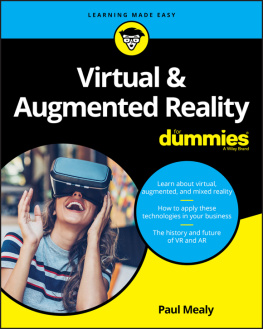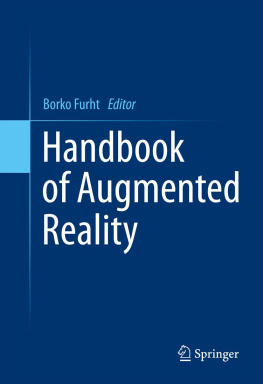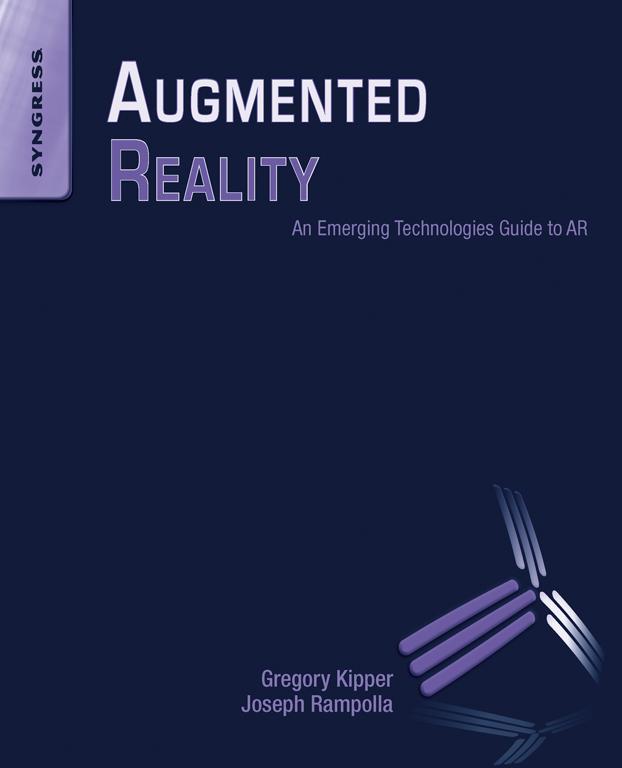Acknowledgments
Gregory Kipper
My thanks to Joe Rampolla, for giving a great speech and igniting the spark that started this whole adventure. To the team at Syngress for their help and patience. To Jason, Melissa, Tracey, and Marie at Total Immersion for your support during the writing process. To Jim Jaeger, Bob Browning, and Brian Carron for their confidence and support. To John Stockman, Denny Poindexter, Jason Roybal, and Lynda Mann for reviewing the book with such care on such short notice.
My extra thanks to Lt Gen William Lord, Maj Gen David Commons, and RADM Robert Day for all the thought inspiring conversations over the past two years and to Daniel Suarez for writing such a great introduction.
Joe Rampolla
To Gregory Kipper for approaching me to team up to write this book and his tireless work to make it happen, Elsevier and Syngress Publishing, Carole Mazzucco, Thomas P. Mazzucco, Dr. Robert J. Hawley, James Patrick Rampolla, Angie Liguori, Dave Kramer, Andy Yeager, Joseph Madden, Daniel Suarez for his tremendous support, Ori Inbar, Tish Shute, Helen Papagiannis, Brian Wassom, Dr. Steven Feiner, Chris Grayson, Dr. Edward Roche, Kevin Manson, David Griesbach, Bill Walsh, Dallas Crimes Against Children Conference gurus, Peter Banks, National Center for Missing and Exploited Children, Fox Valley Technical College, Cammy Newell, US Department of Justice, United States Attorneys Office, Park Ridge Police Department, Borough of Park Ridge, Bergen County Prosecutors Office, Andre DiMino, Michael Taylor, John Paige, Charlie McKenna, Ed Moore, New Jersey Office of Homeland Security and Preparedness, Augmented Reality Group of New York (ARNY), Fox Valley Technical College (FVTC), National District Attorneys Association (NDAA), Justin Fitzsimmons, National Crimes Against Children Task Force, Maria Ugarte, Bilateral Safety Corridor Coalition (BSCC), John Jay College of Criminal Justice, Stan White, Dan Fabrizio, Erik Villanueva, Harmonie Ponder, Bobby Simpson, Eric Huber, Mark Kirk, Mike Zimmerman, Andre Ludwig, Jay Logan, Chris Sedlacik, Richard Ruiz, Augmented Reality Dirt fans, and Cyber warriors across the globe.
About the Authors
Gregory Kipper: Gregory Kipper is a futurist, author, and strategic forecaster in emerging technologies. Mr. Kipper has been the keynote speaker at select industry events, a digital forensics instructor, and a trusted advisor in both the government and commercial sectors. He has written multiple books in the fields of digital forensics and emerging technologies, including Investigators Guide to Steganography, Wireless Crime and Forensic Investigation, and Virtualization and Forensics.
Joseph Rampolla: Joseph Rampolla, a law enforcement officer for 17 years, is a nationally recognized speaker on the topics of cyber crime, augmented reality, virtual worlds, counterterrorism, cyberbullying, and undercover Internet Relay Chat (IRC) investigations. Rampolla serves as a consultant for various organizations across the United States and presents for the National District Attorneys Association (NDAA) and Fox Valley Technical College.
Foreword
Augmented reality (AR) is a technology whose time has come. Conceived in rudimentary form as early as the 1960s, AR is only now becoming truly practical. Recent advances in mobile processing, coupled with an explosion in digital storage capacity, ubiquity of wireless broadband connections, mass adoption of smart phones, and the limitless data store that the Internet has gathered all the prerequisites for this potentially game-changing technology. Consumer AR applications are already present on hundreds of millions of smart phones (utilizing built-in cameras, accelerometers, microphones, and GPS), and with the development of new AR-specific chipsets from major chip companies like Nvidia and QualComm, the AR price-point, and the bar for entry to potential AR app-developers will be lowered further. In short: a critical mass is forming to support augmented reality products and services as a major tech/media industry.
But what is ARand more importantly, what will be the consequences to human society when augmented reality applications go mainstream? What will be the risks and rewards? At present AR is being treated as a noveltyused to attract young eyeballs for softdrink, video game, and movie ads. However, as a three-dimensional cousin of the Internet, AR is likely to travel a similar path from novelty, to over-hyped panacea and threat, and finally to massive utility and foundational infrastructure. Along the way, individuals and companies who blaze a trail will rise and fall, but the demonstrated usefulness of AR to a broad variety of human activities augurs well for the industrys future.












